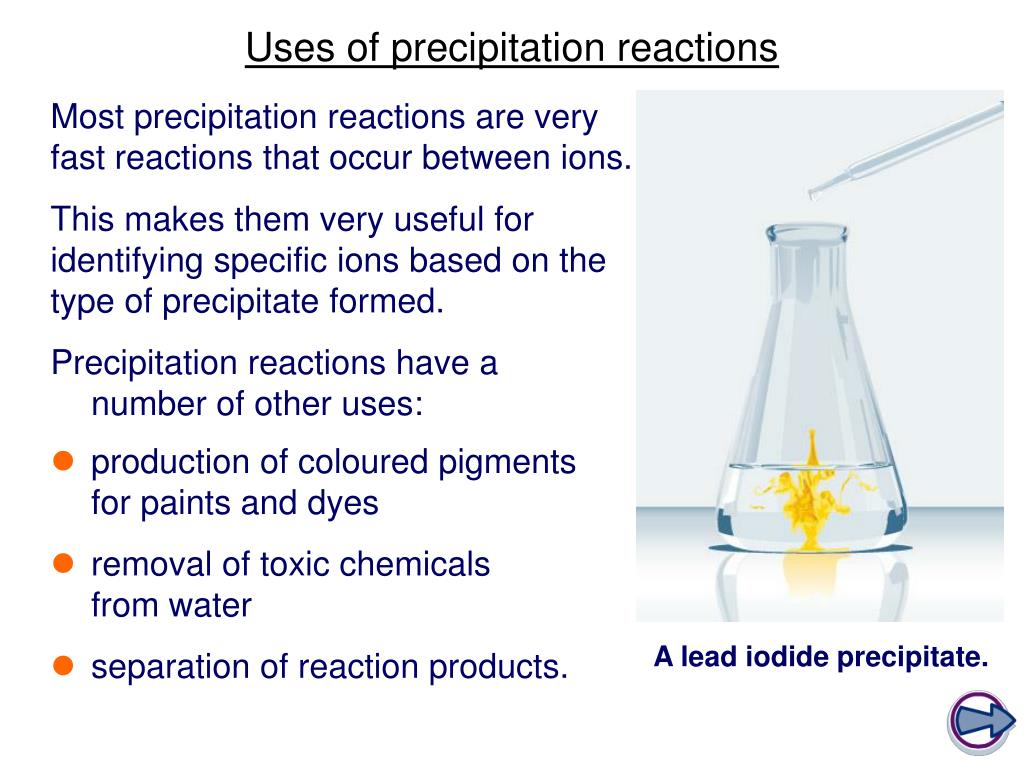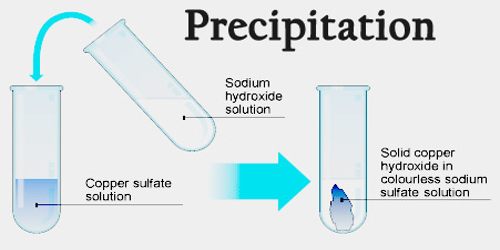
She has been trained as a lecturer, researcher and computer scientist. She has received a PhD in Quantitative Biology from the University of Texas at Arlington as well as an AAS Degree in Information Network Specialist and an AAS in Computer Information Systems, at Bossier Parish Community College in Louisiana.Her skills lie in research and writing for a range of educational levels and teaching various Biology classes. She holds Honors Bachelor of Science degrees in Zoology and Entomology, and Masters of Science in Entomology from the University of Natal in South Africa. Rae Osborn was educated in South Africa and the United States. Table comparing Supernatant and Precipitateĭr. Examples of precipitates include DNA and cells in biology, and heavy metals in the case of wastewater treatment. ExamplesĮxamples of supernatants include the liquid of urine and blood plasma. Precipitates of DNA can be used in studies of molecular biology. Applicationīlood plasma is the liquid of blood which is the supernatant left after centrifugation of whole blood the plasma can be used for blood transfusions. To separate precipitate from the liquid material you can either pour out the liquid or use some type of filter to separate solid from liquid parts. To separate supernatant from the solid material ,one can pour or pipette the liquid out after centrifuging. A centrifuge often produces a precipitate from a solution and a precipitate can also be produced in some chemical reactions. Formation in solutionĪ supernatant is often formed when a solution is spun in a centrifuge. A precipitate is the solid component that occurs beneath the liquid part of a solution. Difference between Supernatant and Precipitate DefinitionĪ supernatant is the liquid portion of a solution that is formed above solid material. DNA and other cellular components can precipitate out after centrifugation. Sodium chloride can precipitate out in water when the solution has more of the salt than water. For example, arsenic can be removed through precipitation methods. Precipitation of dangerous metals is done by precipitation methods in wastewater treatment plants. For instance, DNA pellets can be extracted from solution and used for molecular studies in which DNA is sequenced. Precipitates are useful in scientific research but also in other fields like waste water treatment.

Another way to separate the precipitate from other substances is through filtration methods. Similar to the case with supernatant, precipitate is separated by pouring off the liquid component to leave the solid material behind. In fact, DNA precipitate is formed by adding ethanol to a biological solution containing a mixture of substances. Another way substances precipitate out is through chemical reactions. The precipitate forms at the bottom of the centrifuge tube because these molecules are heavier and larger than those found in the liquid above. Formation process:Ĭentrifuging solutions is a common method of collecting a supernatant and a precipitate. Examples of supernatant include the plasma of blood and the clear component of urine.Ī precipitate can be defined as a solid substance that has been produced in a solution. There are several types of supernatants that can be formed as a result of various chemical and physical methods. The supernatant of urine can be used to check for certain kidney diseases and problems.

For example, plasma can be separated from red blood cells and used in blood transfusions where only plasma is needed. Uses/applications:ĭifferent types of supernatants have medical and scientific applications. A pipette can also be used to extract supernatant from a solution once separated from the solid substances. Supernatant may be separated from solution by pouring the fluid out of the solution and leaving the solid material behind.

Supernatant may also remain after substances have crystallized. It makes sense then that the liquid particles will lie above solid substances. Particles that are light and very small will separate out near the top while heavier particles will remain near the bottom of a centrifuge tube. Formation process:Ĭentrifugation often results in supernatant forming because the spinning of the substance causes the various components found in a solution to separate out based on size and density of particles. The liquid may or may not be clear depending on what type of components are present in the solution. Supernatant is the term used to describe the liquid that forms over some type of solid material.


 0 kommentar(er)
0 kommentar(er)
